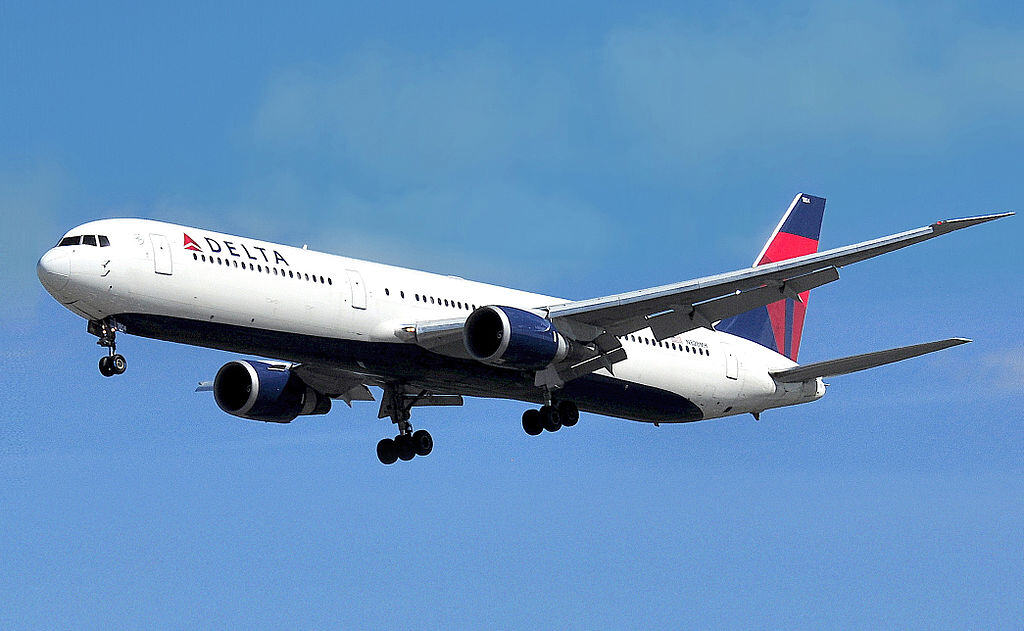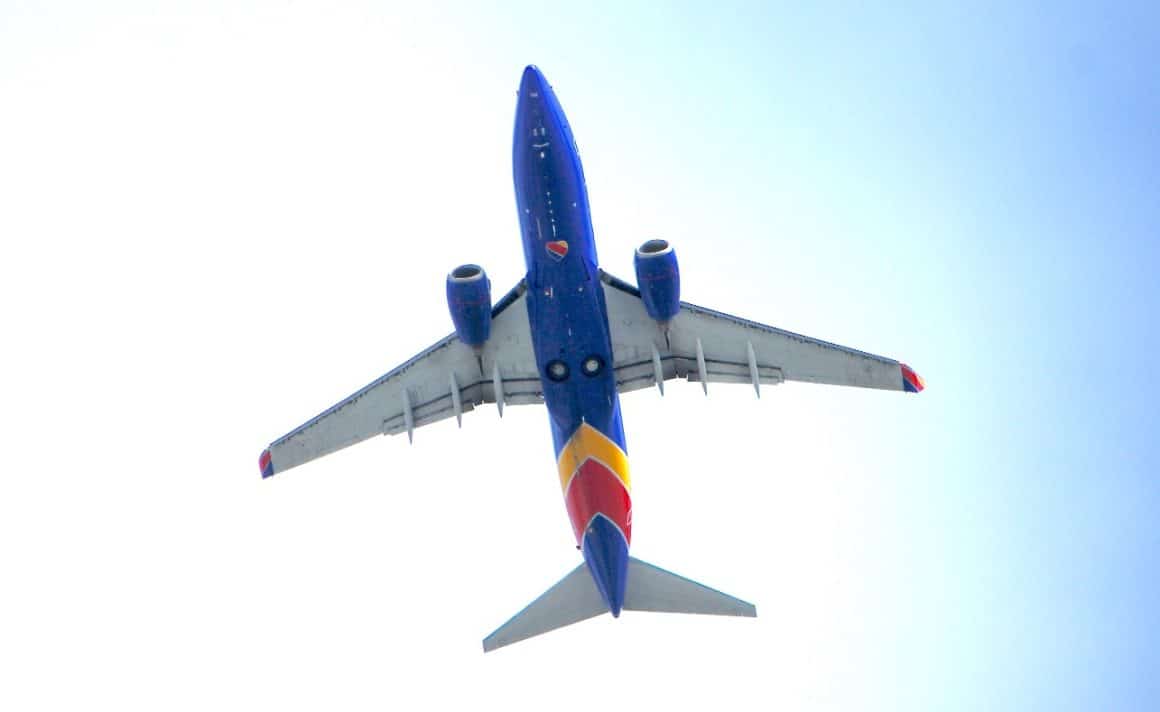Imagine knowing exactly where you’ll work as an airline pilot before you even have your Private Pilot License. That’s the pitch behind airline cadet programs. They represent a relatively new option for US-based pilots. Cadets who complete the program have a much higher chance of full employment at an airline with interviews that can be more of a formality, than a crucible.
Programs like United Aviate, Delta Propel, American Airlines Cadet Academy, and Southwest Destination 225° promise a clear roadmap. If you follow their path and successfully complete the program, you’ll work for them sometime in the future. Some programs even offer tuition assistance or financing.
Like any potentially too good to be true offering, there are benefits, risks, and drawbacks. Let me explain.

What Are Airline Cadet Programs?
Airline cadet programs create a direct pipeline from flight training to airline employment. For most of these programs, you’ll actually go through a full job interview program before you start. Those selected for the program will be offered a position in the program and future job offer with a host of caveats.
Cadets selected for the program will still need to complete all FAA requirements and licenses. That includes earning your Private Pilot’s license through ATP certificate under §61.153. The difference is that the airline is tracking your progress. Instead of polishing your resume and job hunting, you’ll be checking boxes. Once that checklist is complete, its time for takeoff.
The advantages are clear. Getting selected for a cadet position is kind of like getting a lottery ticket where you know 5 out of the 6 numbers already. And over time, they’ll give you hints for that last number. To take the lottery analogy one step further, the main risk, isn’t that you won’t have a great shot at winning millions, its that you aren’t a millionaire yet and you need to complete a myriad of tasks to get that final clue.
An airline cadet is nearly guaranteed a multimillion dollar flying career if they successfully complete the program and if the airline is still hiring when you complete the program. The risks though are real. When you commit to a program, you are committing to an airline specifically. Cadets take on debt to complete their training and some programs are very difficult by design to back out of if you change your mind via service agreements.
The training programs offered can be expensive, often higher than Part 61 training costs. Some programs have had a mixed bag of training with delays related to a shortage of instructors and DPEs. Your intermediate training jobs (like flying corporate for a partner company or flying for their in-house regional airline) can also be hit or miss. The thing is for better or worse, once you sign on the line, you are committed to the program. That’s both a great thing and can hold its share of negatives.

Major Airline Cadet Programs (2025)
United Aviate
United’s program is one of the largest. It includes partnerships with multiple flight schools and offers a pathway from zero time through regional carrier to United mainline. Candidates can join at any stage and are guaranteed an interview at a United Express partner. They offer mentorship throughout the program.
Estimated cost: $75,000-$100,000+ (varies by school)
Delta Propel
Delta’s program emphasizes diversity and offers some financial assistance. Candidates commit to a pathway through Delta’s regional partners (SkyWest, Endeavor) to Delta mainline. Like United, they offer a guaranteed interview at Delta Connection carriers along with mentorship from the parent airline.
Estimated cost: $60,000-$90,000 after assistance (varies)
American Airlines Cadet Academy
American partners with CAE and other flight training organizations to create a structured pathway to American Airlines. American’s program differs in that they outsource the program to a 3rd party. Like the other ‘big 3’ airlines, American has a pathway to their wholly owned carriers and they offer financing to assist with the costs.
Estimated cost: $70,000-$95,000 (financing available)
Southwest Airlines Destination 225°
Southwest’s pathway program is named after the magnetic heading of the company. Southwest offers a structured route to becoming a Southwest pilot where cadets can start at zero or a more advanced stage. Like American, Southwest partners with specific flight training programs for training then partners with a Part 135 business jet and regional carrier for follow on seasoning.
Estimated cost: $65,000-$95,000 (varies by training provider and stage of entry)
Other Programs
JetBlue, Alaska, and several regional airlines also offer pathway programs with varying structures and benefits. Requirements and benefits differ significantly, so research each program’s specific terms.
Pros and Cons of an Airline Cadet Program
An Airline Cadet Program definitely has its pro’s. Locking up near-job security before you start a career is rare in the aviation industry or almost any industry for that matter. It’s a huge benefit. An Airline Cadet also knows their requirements and pathway upfront. Outside of becoming a military pilot, no other programs come close to this level of structure and payoff. Plus, the stress of applying and getting an interview for a job is almost non-existent in this pathway.
Many airlines also offer significant financing options to lessen the upfront burden of making a commitment to their program. It’s a great option if you weren’t born with a silver spoon in your mouth.
Airline cadet programs offer unrivaled industry mentorship and networking (within the airline) that exceeds Aviation Colleges too.
It’s important to be realistic though about these programs. They aren’t perfect. Some students have struggled at these academies, likely due to some growing pains within the program.
Also, you are committing upwards of a $100,000 and tying yourself to a specific airline. The costs for training are higher than a Part 61 school. If there is a downturn or if the airline struggles and they slow down hiring, you still will have your certificates and flight hours, but you may have overpaid for the training.
An Airline Cadet Program has additional risks that you should be at peace about. Many of the intermediate jobs like flying Part 135 and Regional flying can be very demanding. You will likely go through a period in the program where you will wish you had other options. The end of the process is likely to be amazing but the middle can be a grind with little opportunities for choosing a different path.
Bottom Line for an Airline Cadet Program
Airline cadet programs are valuable for pilots who prioritize job security and clear structure over cost savings. The cost premium buys you peace of mind and a guaranteed pathway. If you’re cost-conscious and value flexibility over structure, independent training followed by normal airline applications will get you to the same destination for less money. Still there are no better programs out there that will put you to the top of the resume pile.
